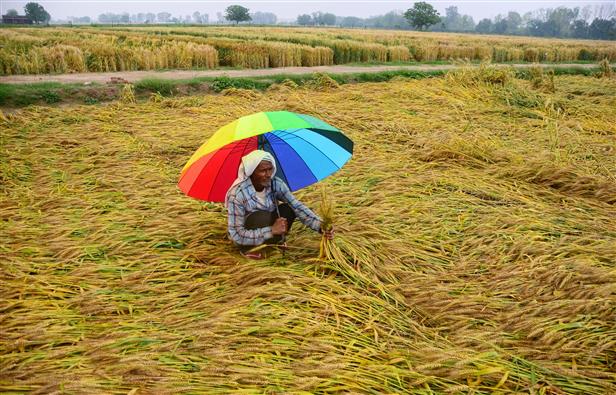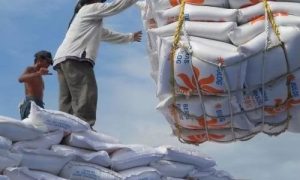60-Year Data Reveals Climate Change Impacts on Rice, Maize & Wheat Yields

Scientists conducted a study using data covering a period of 60 years to examine the impact of weather fluctuations from the long-term averages on the production of three primary cereal crops in India, namely rice, maize, and wheat.
According to experts from the University of Illinois in the United States, farmers exhibited the ability to adjust to temperature changes for rice and maize but not for wheat. On the other hand, increased precipitation led to a rise in rice production while simultaneously reducing yields for wheat & maize.
“We also discovered that farmers tailor their strategies to different regions and crops. For example, heat-prone districts fared better to higher temperatures than colder-region districts,” as per Madhu Khanna, a professor of agricultural and consumer economics and the study’s corresponding author.
The researchers also discovered that farmers who worked in less productive locations, and thus at the lower tail of the distribution, responded differently than those who worked in higher yielding areas – the former employed more adaptation measures due to higher impacts.
“Higher productive regions have better irrigation facilities and are less dependent on the monsoon, so the difference between long-term and short-term impacts is negligible,” informed Surender Kumar, an economics professor at India’s University of Delhi. The researchers employed statistical models of quantile regression to examine if farmers were adapting to long-term climate change. They created separate models for short-term & long-term agricultural responses using 60-year data sets on temperature, precipitation, growing season length, and crop yield.
According to their study, if differences in temperature, for example, have no effect in either model, no adaptations have occurred. If the short-term impact is severe, it indicates that farmers have been able to adapt and level out the effects. Weather changes are brief, such as a hot day followed by a rainstorm. Such variations, however, may be separate from long-term trends that characterize climate change.
“We were looking to see if the effect of short-term deviations in extreme temperature and precipitation is significant when compared to their long-term averages, and if their effects are absent in the long term as farmers adapt to climate change,” Khanna explained.
The researchers proposed two strategies for the crops to adapt: farmers might adjust their management practices, or the cultivars themselves may be stronger. While they stated unequivocally that they could not differentiate between the two options, they urged that action be taken to improve seed varieties and educate farmers on how to adapt to changing climate.
“This study is part of our larger effort to foster understanding across borders. We previously conducted a comparable study in the United States, and we are now conducting one in India. It’s interesting that the findings of this study indicate that, despite the negative impact of climate change, crops in both countries are adapting. However, depending on the crop and the factors to which it is adapting, these effects vary, according to Khanna.














